Hives, also known as urticaria, is a condition in which a person develops itchy, raised welts on the skin. They can be extremely annoying. However, at least they typically occur on areas of the body that you can hide by clothing. However, urticaria can also appear on the face. These itchy bumps are not more severe than hives elsewhere on the body, however, they can be more embarrassing.
Hives are considered a kind of allergic reaction in which your body produces and releases high levels of histamine resulting in itchy, red rash. Hives might last for several hours before going away. Let’s look at some possible reasons for hives on the face:
1. Autoimmune conditions
Autoimmune conditions like Hashimoto’s disease and lupus can be difficult to diagnose and might contribute to a wide range of frustrating symptoms, including weight gain, weight loss, extreme tiredness, muscle aches, and more.
Though there’s much about autoimmune diseases that remains unknown, there’s a link between them and hives outbreaks.
Hives can be a manifestation of an underlying autoimmune disease. Autoimmune thyroid disease is often characterized by hives.
Certain autoimmune diseases, like lupus, thyroid disease, and rheumatoid arthritis, produce autoantibodies that can react with an antibody that may cause hives. These types of hives can also trigger nerve pain.
If you experience chronic hives, your doctor will look for autoimmune diseases. Treating the underlying condition often improves the hives.
2. Environmental exposure
Hives are typically triggered by friction or rubbing against something, but they can also be provoked by stimuli that are almost invisible. If you experience hives in response to a specific trigger in the air, such as pollen, cat dander, or other allergens, they are more likely to emerge where the contact occurred. Because the face, neck, and extremities are the most frequently exposed areas, this is usually the case. Bug bites can also induce hives, which is referred to as papular urticaria.
3. Stress
Although stress may have contributed to your hives, it doesn’t mean it was the cause. However, it’s also possible that stress aggravates hives.
Stress levels are higher among women with persistent hives, according to a 2018 study published in Advances in Dermatology and Allergology.
There is one exception, who mentions adrenergic urticaria, an uncommon disorder. Emotional stress induces tiny, temporary hives in persons with this illness.
Injecting stress hormones such as epinephrine or norepinephrine into patients with stress-induced hives, on the other hand, it can cause the hives to reappear. Coffee or chocolate may also cause hives in certain people.
4. Infections
The American College of Allergy, Asthma, and Immunology reports that infections might be bacterial in nature, since they are with strep throat and urinary tract infections (UTIs), or viral, such as a cold, hepatitis, and mononucleosis. While many infections can be treated with antibiotics or antiviral drugs (depending on the type of infection), some may become chronic, leading to long-term inflammation. This can result in chronic hives anywhere on your body, including your face.
5. Sun exposure
There’s a correlation between sun exposure and hives. Solar urticaria is a rare type of hive. It refers to hives that appear minutes after being exposed to the sun.
Scientists aren’t clear why some people get this type of physical urticaria while others don’t. They do know, though, that the cause isn’t simply the sun’s heat.
True, heat can produce hives, but for people with solar urticaria, their reaction is triggered by sunlight.
Sunlight causes histamine to be released from particular cells, known as mast cells, in people with solar urticaria, causing hives. UPF clothing, seeking shade, and applying sunscreen can all assist to protect the skin from the sun.
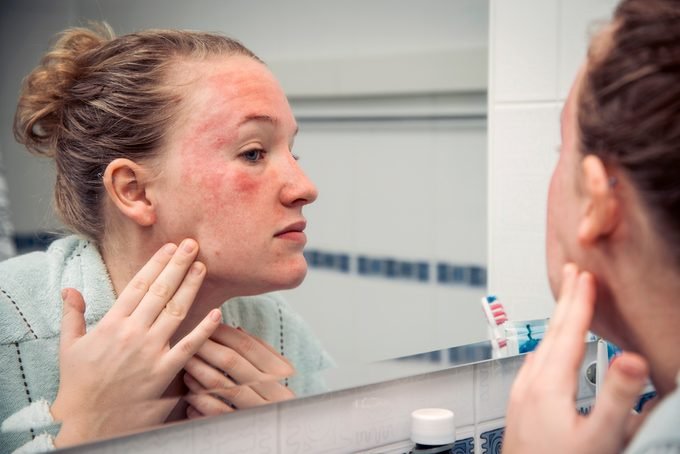









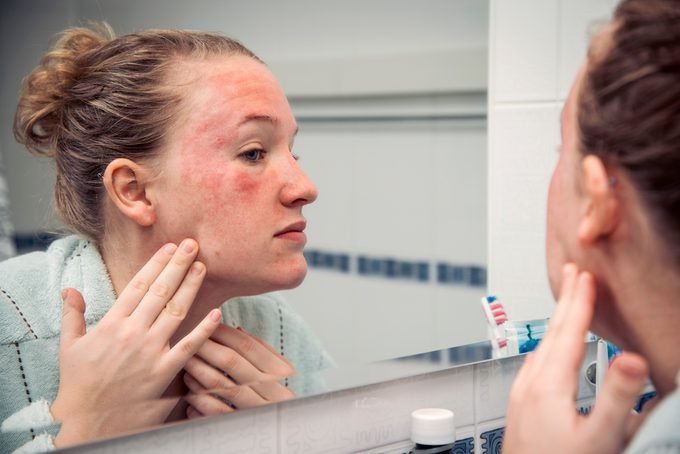





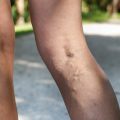







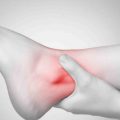




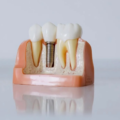










No Comments